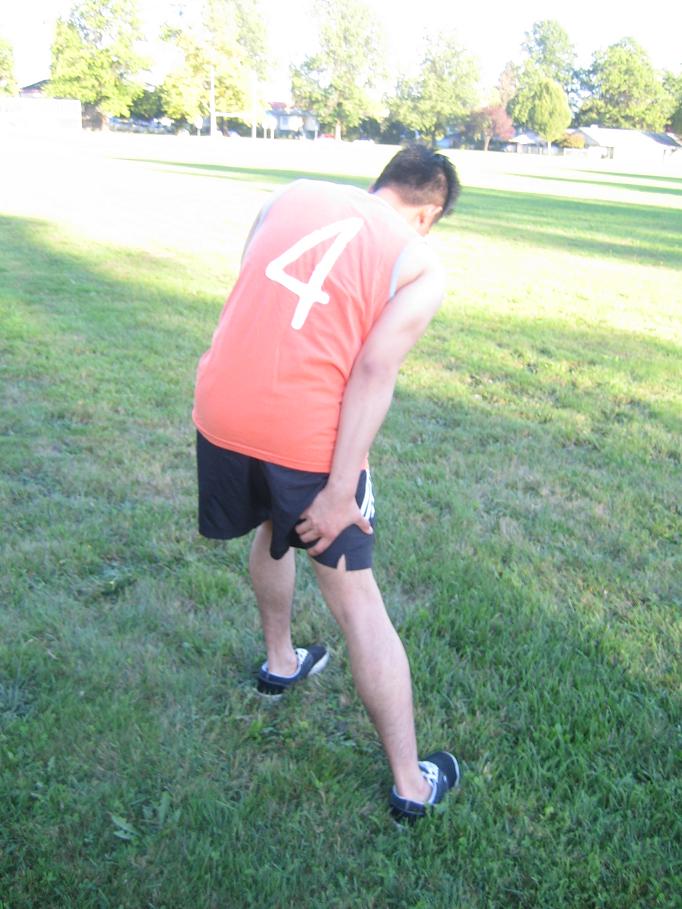The calf muscles end up with damage when it is stretched beyond its limit. It is a commonly called as a pulled calf muscle. Certain type of activities common in sports as well as instances when an individual did not perform warm up exercises before the start of an athletic event are the usual causes of this injury. A pulled calf muscle is a type of injury where there is a microscopic tearing of the calf muscle fibers and causes sudden pain in the calf while engaging in various activities, particularly in sports.
Possible causes of a pulled calf muscle
A calf muscles are pulled while accelerating speed when running or changing direction, and when there is tearing of the muscles. The muscles will contract and spasm while the toes are pointing downwards. A pulled calf muscle has 3 types – minor, moderate and severe.

- Grade 1 is a mild injury where symptoms happen only after an activity is such as tightness and cramping in the calf muscles, usually in the leg when it is contracted or stretched.
- Grade 2 is an injury where the person will experience pain in the calf muscle immediately after stretching it beyond its limit and the area becomes tender and sore.
- As for a grade 3 tear, it is a severe injury of the calf where there is rupture of muscle fiber. There is difficulty in walking or staying on the leg immediately after the injury. There is burning and stabbing pain as well as popping sensation when pulling the muscle.
Symptoms
- Pain and stiffness in the lower leg if there is mild injury and microscopic tear in the calf muscle
- Pain and burning sensation can be felt in the leg, difficulty in moving the leg as well as there is a severe pain and discomfort when there is contraction and stretching of the leg.
- Bruising and accumulation of blood when there is a complete tear in the affected area that can be accompanied by swelling.
Treatment and home remedies
- Apply an ice pack over the affected area. Place a few ice cubes and place in the ice bag or in a clean cloth. Place the bag of ice over the affected swelling and painful area for at least 10-15 minutes. Repeat this every 2-3 hours.
- Instruct the individual to rest the affected area by avoid any activities which requires placing weight on the leg such as running, jumping and weight lifting.
- Keep the leg elevated or raised above the level of the heart at least 24 hours in order to minimize the swelling of the affected area.
- Take anti-inflammatory medications helps in relieving pain and swelling.
- Apply compression bandages since this helps in preventing the formation of a hematoma.
- Take a teaspoon of honey and a pinch or turmeric powder. Combine them well and the individual should take this at least two times in a day. Turmeric possesses healing properties that can help minimize the swelling and reduce the pain. You can also use honey in treating the injury since it possesses anti-inflammatory properties.
FACT CHECK
https://www.webmd.com/fitness-exercise/guide/muscle-strain#1
https://www.healthline.com/health/pulled-calf-muscle
https://physioworks.com.au/injuries-conditions-1/calf-muscle-tears
